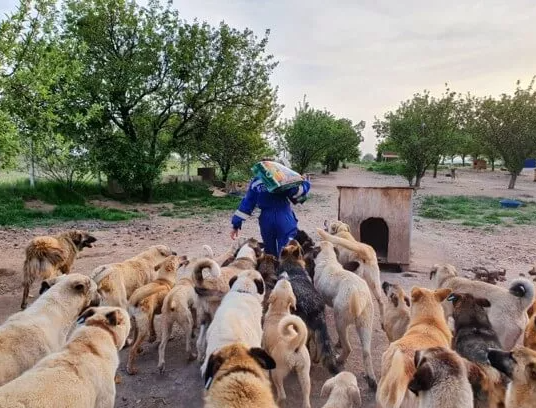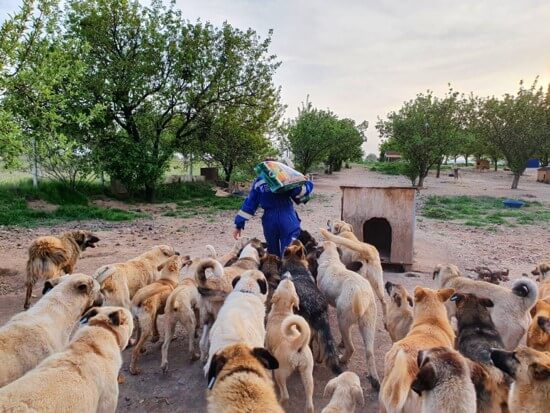https://www.haytap.org/tr/trap-neuter-return
STRAY DOG POPULATION CONTROL: Trap Neuter Return
 •The scope of these success examples and recommendations is to deal with stray and feral dogs, which pose serious human health, animal health and welfare problems and have a socio-economic, environmental, political and religious impact in many countries.
•The scope of these success examples and recommendations is to deal with stray and feral dogs, which pose serious human health, animal health and welfare problems and have a socio-economic, environmental, political and religious impact in many countries. Veterinary Services should play a lead role in ensuring animal welfare and should be involved in dog population control, coordinating their activities with other competent public institutions and/or agencies
Neuter and Release
‘In the long term, control of reproduction is by far the most effective strategy of dog population management’
W.H.O. Geneva Guidelines for Dog Population Management.
Extermination campaigns, for example the recent indiscriminate strychnine poisoning of dogs at night irrespective of whether they are neutered and vaccinated or indeed pets with owners, have never succeeded in Istanbul.
‘Neuter and Release’, the policy advocated by the World Health Organisation and the World Society for the Protection of Animals, solves the problem permanently, although dogs have to be tolerated on the streets for 3-5 years for it to succeed. Providing it is implemented to the edge of the urban area it is however a permanent and humane solution which politicians can be proud of.
Istanbul needs to invest money and effort now to solve the problem for ever
Please click the power point link :
/images/files/neuter.pptx

